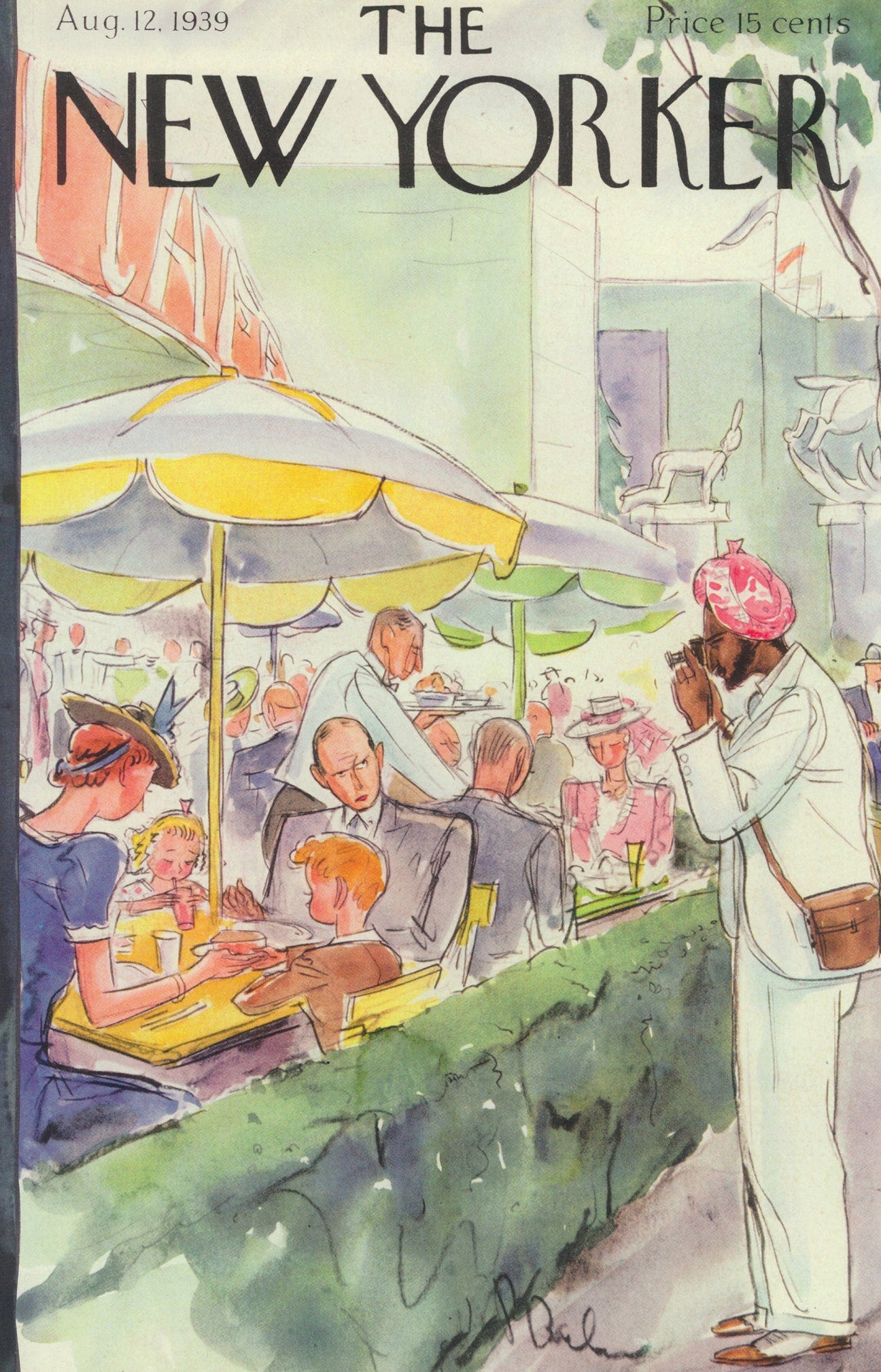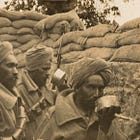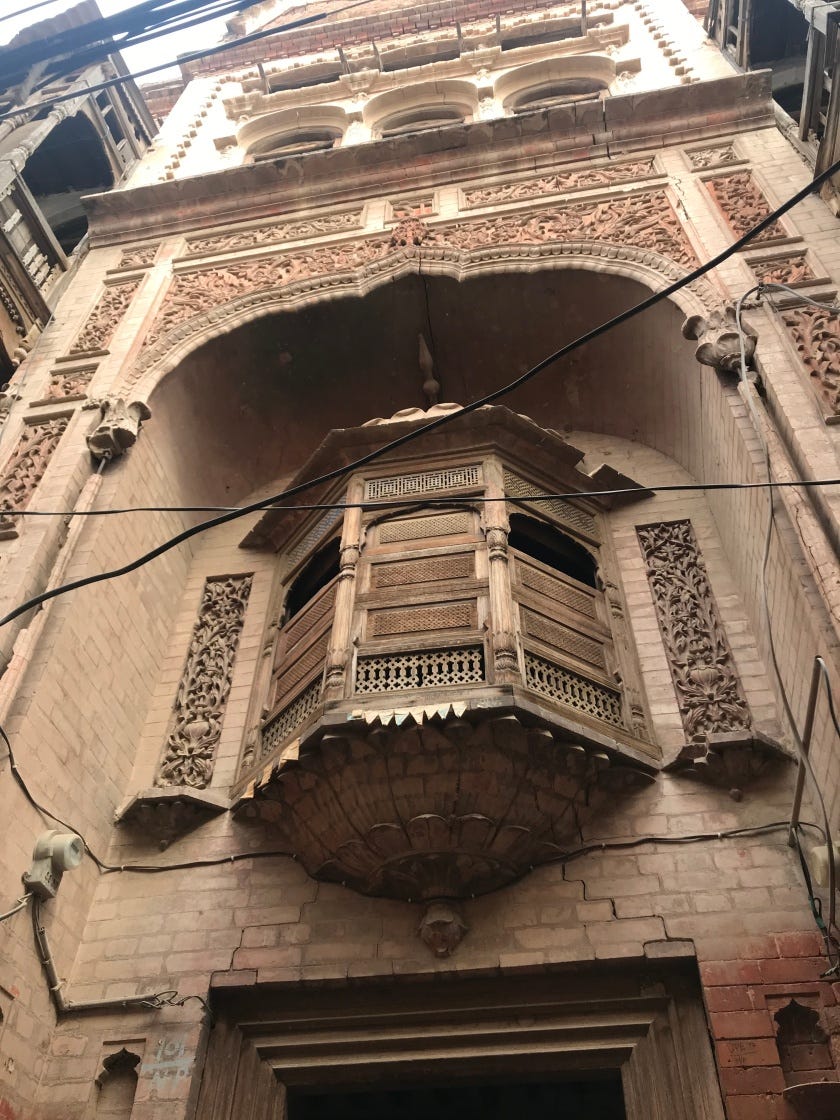Welcome to the Brown History Newsletter. If you’re enjoying this labor of love, please do consider becoming a paid subscriber. Your contribution would help pay the writers and illustrators and support this weekly publication. If you like to submit a writing piece, please send me a pitch by email at brownhistory1947@gmail.com.
Don’t forget to check out our SHOP and our Podcast.

Recommended Reads:
Unveiling the Jharokha's Role in Gender, Power, and Tradition
This jharokha—a projecting window—is more than a relic of history. It seems almost alive, whispering stories of those who once gazed through its ornate screens: women watching unseen, children curious about the bustling world below, elders reflecting on the rhythm of a timeless city. These architectural marvels are not merely decorative; they are storytellers in stone and wood, preserving the essence of a culture shaped by tradition, climate, and creativity. Although the jharokha is a characteristic of Mughal architecture, its origins can be found in the desert regions of Rajasthan and Gujarat, predating Lahore. Initially designed as a practical solution to the harsh climate of these arid areas, the jharokha evolved across regions and eras. In Lahore, it found new life, seamlessly blending into the city's rich Mughal heritage. The intricate details of the jharokha—whether adorned with geometric, floral, or calligraphic patterns—reflect the confluence of Persian, Indian, and Islamic influences that have shaped Lahore’s architectural identity.







